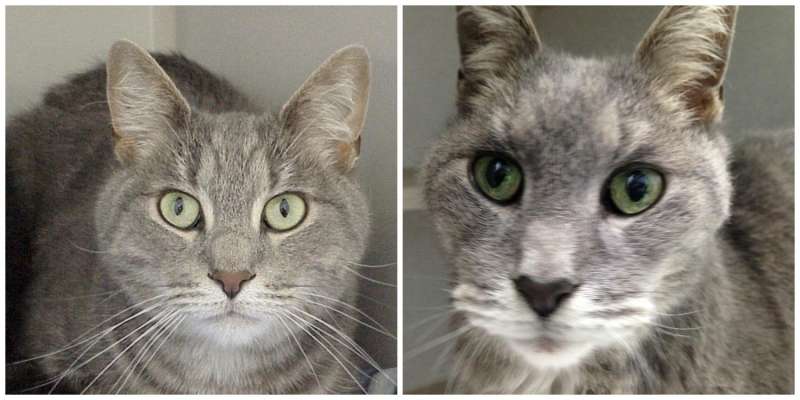New guidelines explain how to monitor and treat hyperthyroid cats

Over the last 30+ years, veterinary professionals' understanding of clinical feline hyperthyroidism (FHT) has evolved tremendously. Initially FHT cats were referred to a specialist and now primary practitioners routinely manage these cases. The disease reportedly affects from 1.5-11.4% of cats around the world and is the most common endocrine disease of cats over 10 years of age in the US. The Guidelines for the Management of Feline Hyperthyroidism, from the American Association of Feline Practitioners (AAFP), are published today in the Journal of Feline Medicine and Surgery.
The new Guidelines explain FHT as a primary disease process with compounding factors and also provide a concise explanation of what veterinary professionals know to be true about the etiology and pathogenesis of the disease. Specifically, the Guidelines:
- Distill the current research literature into simple recommendations for testing sequences that will avoid misdiagnosis and separate a FHT diagnosis into six clinical categories with associated management strategies.
- Emphasize the importance of treating all hyperthyroid cats, regardless of comorbidities, and outline the currently available treatments for the disease.
- Explain how to monitor the treated cat to help avoid exacerbating comorbid diseases.
- Dispel some of the myths surrounding certain aspects of FHT and replace them with an evidence-based narrative that veterinarians and their practice teams can apply to feline patients and communicate to their owners.
"Our hope is that by using these Guidelines, veterinary professionals will be able to diagnose FHT long before the cat becomes the classic scrawny, unkempt patient with a mass on its neck," said Cynthia Ward, VMD, PhD, DACVIM, and AAFP Advisory Panel Co-Chair. "With newer clinical presentations, the Guidelines explain how a cat can fall into one of six categories, and include a diagnostic and management strategy for each."
"The Guidelines provide guidance on how to recognize the health significance of early presentations of the disease, how to treat the disease, and recommend treatment for all hyperthyroid cats with management of any comorbidity," explains Hazel Carney, DVM, MS, DABVP (Canine & Feline), and AAFP Advisory Panel Co-Chair.
A client brochure outlining signs and symptoms of FHT, treatment options and management goals is also available, together with a chart comparing the four principal methods of FHT treatment.
More information: H. C. Carney et al. 2016 AAFP Guidelines for the Management of Feline Hyperthyroidism, Journal of Feline Medicine and Surgery (2016). DOI: 10.1177/1098612X16643252
Provided by SAGE


















